Affiliate links on Android Authority may earn us a commission. Learn more.
Google Pixel 2 XL vs Samsung Galaxy Note 8: The flagship battle
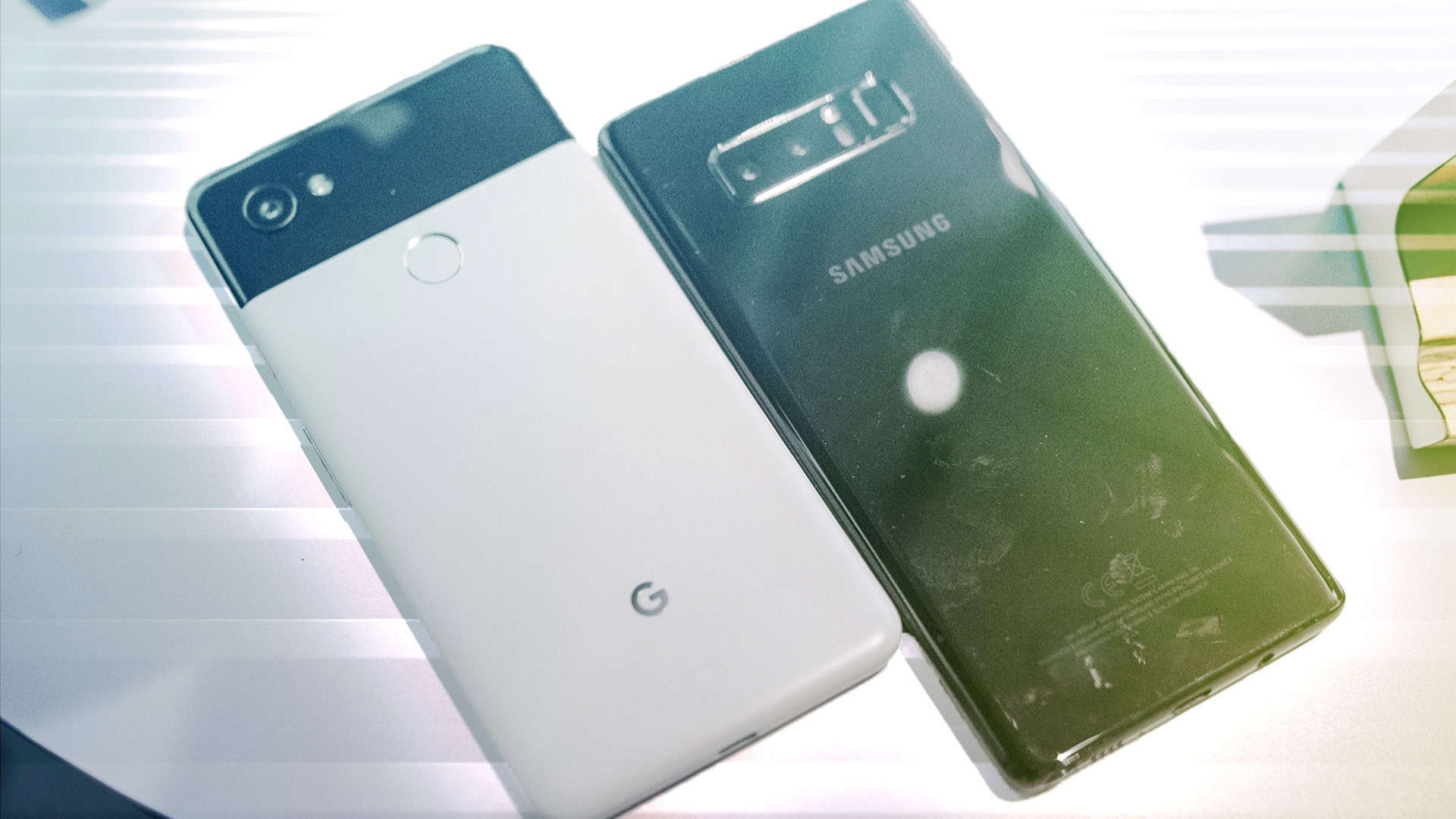
Google just unwrapped its latest flagship and it’s only natural to wonder how it compares to the other big phones of the year. At $849 for the Pixel 2 XL, it’s definitely on the pricey side of the smartphone market and for less than $100 more, you can nab yourself Samsung’s latest flagship, the Galaxy Note 8.
Both devices have a lot to offer and appeal largely to different types of customers, but how do they stack up? Which device is the best and most worthy of your money? Let’s find out!
The Pixel 2 XL follows the trend of other ultra-premium flagships in 2017, sporting a taller aspect ratio display with smaller bezels. It’s bezels aren’t nearly as small as those on the Note 8, though. The Pixel 2 XL features a 6-inch pOLED QHD display with a 2880×1440 pixel resolution. It has front facing speakers at the top and bottom, and slight bezels on either side of the screen.
The Galaxy Note 8 brings a 6.3-inch QHD Super AMOLED display. It’s got a slightly lower pixel density, but the curved screen means it has a similarly-sized overall footprint. The Galaxy Note 8 only has a single speaker at the bottom, but also has a 3.5mm headphone jack, which Google left out of the Pixel 2 XL. Google includes a 3.5mm headphone jack to USB-C adapter in the box, so people with older headphones won’t have to spring for a new pair. The big question here is whether you’d rather have native support for a headphone jack, or dual front facing stereo speakers.
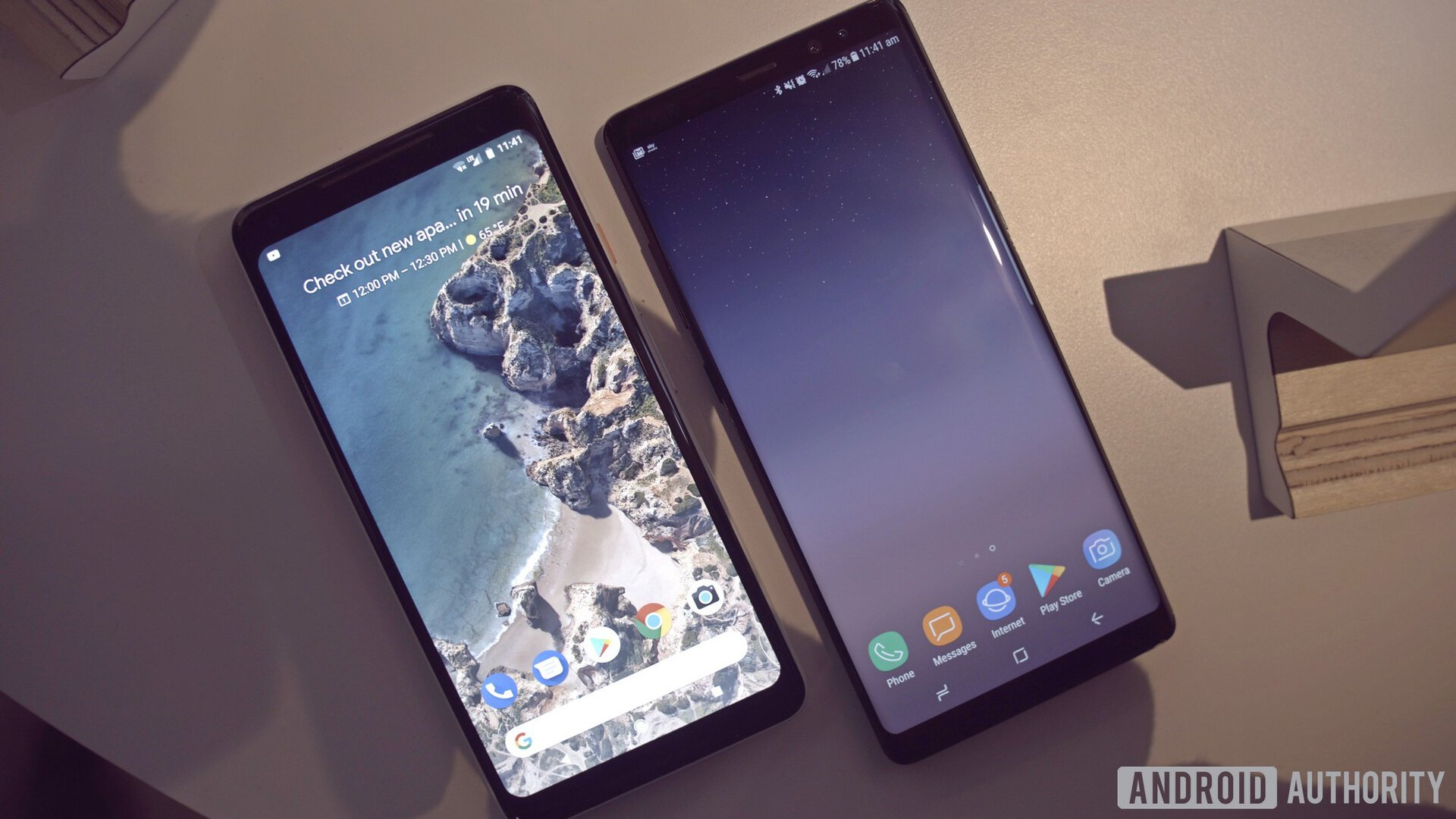
Both devices also support Always-On Display technology. The Galaxy Note 8 Always-On Display features shortcuts to apps, icons for your latest notifications, music controls and the ability to pin a screen off memo from the S-Pen. Meanwhile, the Pixel 2 Always-On Display is a little more understated with a fairly standard experience accompanied by the Now playing feature, which allows you to see what song is playing at any given time at a glance.
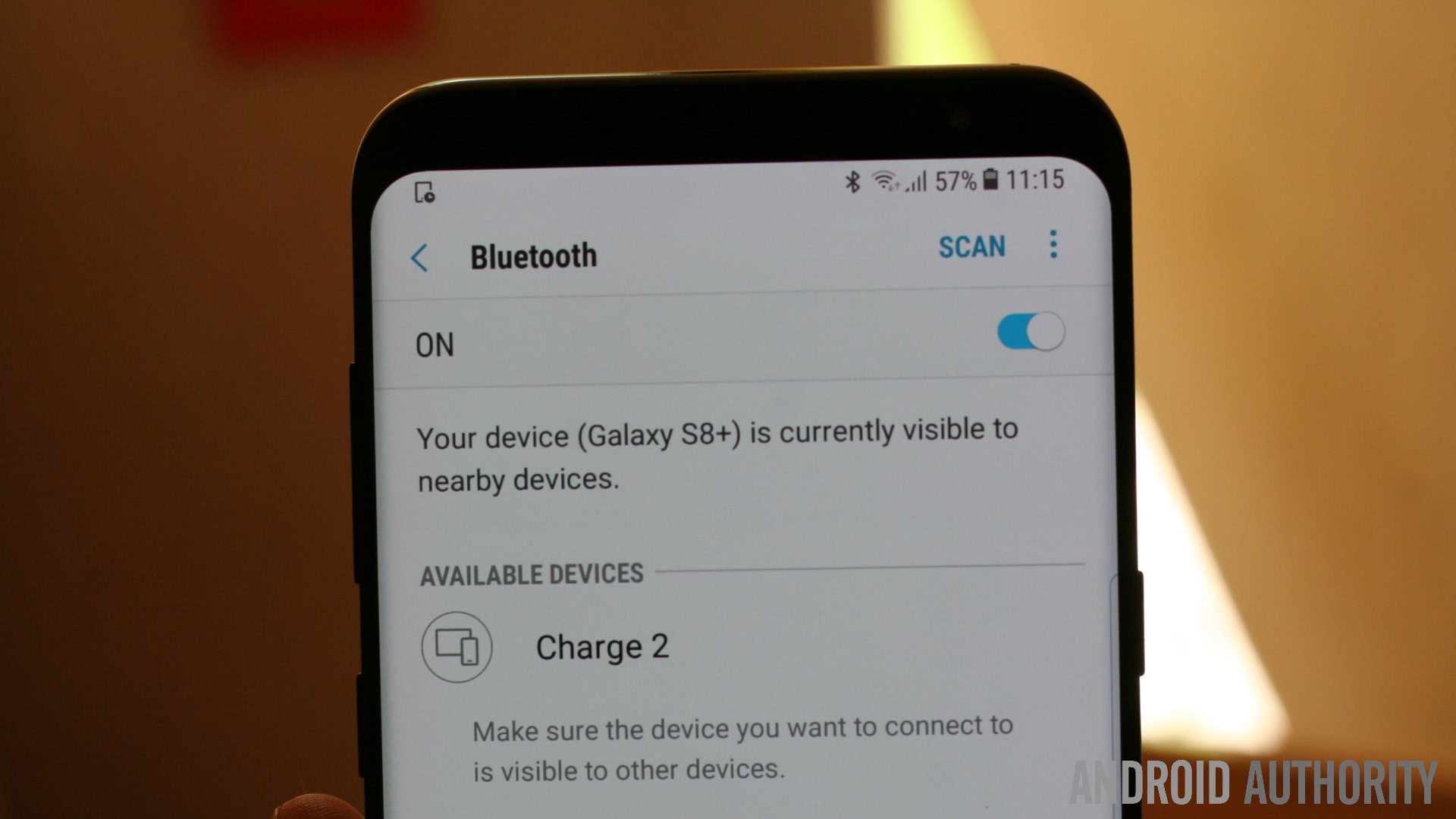
As with any flagship smartphone in 2017, the Pixel 2 XL comes with a flagship specs list. This includes being powered by a Qualcomm Snapdragon 835 processor with an Adreno 530 GPU, 4 GB of RAM and either 64 GB or 128 GB of storage. The Galaxy Note 8 has the same processing package but increases the RAM to 6 GB and offers 256 GB of storage instead of 128 GB. Both devices also have IP67 dust and water resistance, but the Galaxy Note 8 also comes with other useful extra likes wireless charging and a microSD card slot for expandable storage.
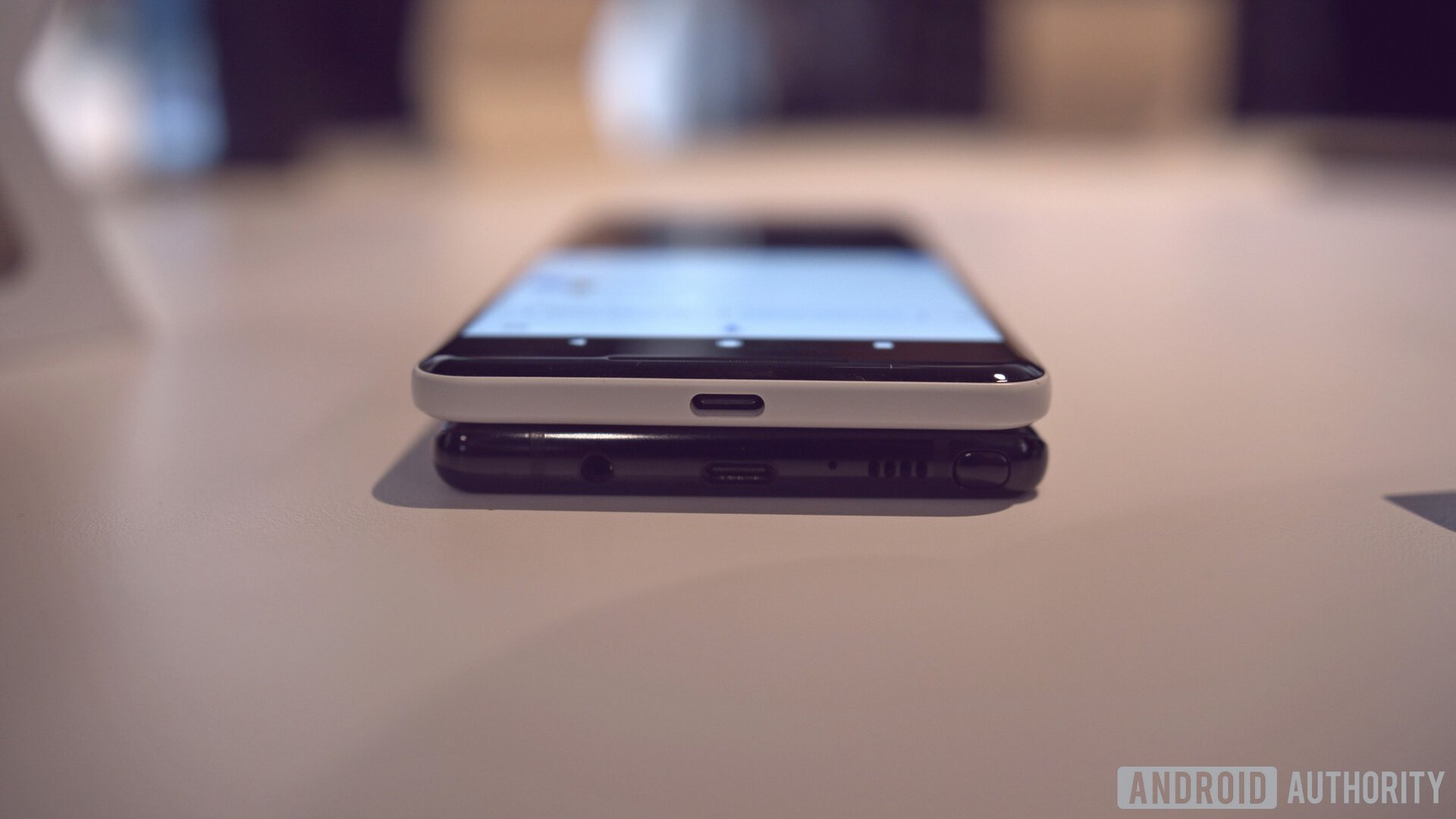
On the back is where you’ll find one of the biggest differences between the two. The Galaxy Note 8 is Samsung’s first attempt at the dual camera. It incorporates two 12MP sensors with an f/1.7 aperture on the wide-angle lens, and an f/2.4 aperture on the telephoto lens. There’s also OIS in both lenses, which is a first for smartphone cameras. You can use the dual cameras to add bokeh to your shots.
The Pixel 2 XL's front-facing speakers mean its bezels aren't nearly as thin as the Galaxy Note 8.
The Pixel 2 XL takes a different approach and with it, Google is signaling to the world that a single camera can do the same job as two. The rear camera is a 12.2MP sensor with f/1.8 aperture and OIS, but the stand out feature is Portrait Mode. While every other smartphone OEM needs two cameras to achieve this, Google is able to achieve this by using one lens, dual pixel cameras, and its powerful machine learning algorithms.
The original Pixel XL had what was arguably the best camera of 2016, and with a record-high DxO Mark score of 98, Google’s new flagships could have the best smartphone cameras ever. Of course, the real proof will come once we put these smartphones head to head so stay tuned for that before the end of the month.
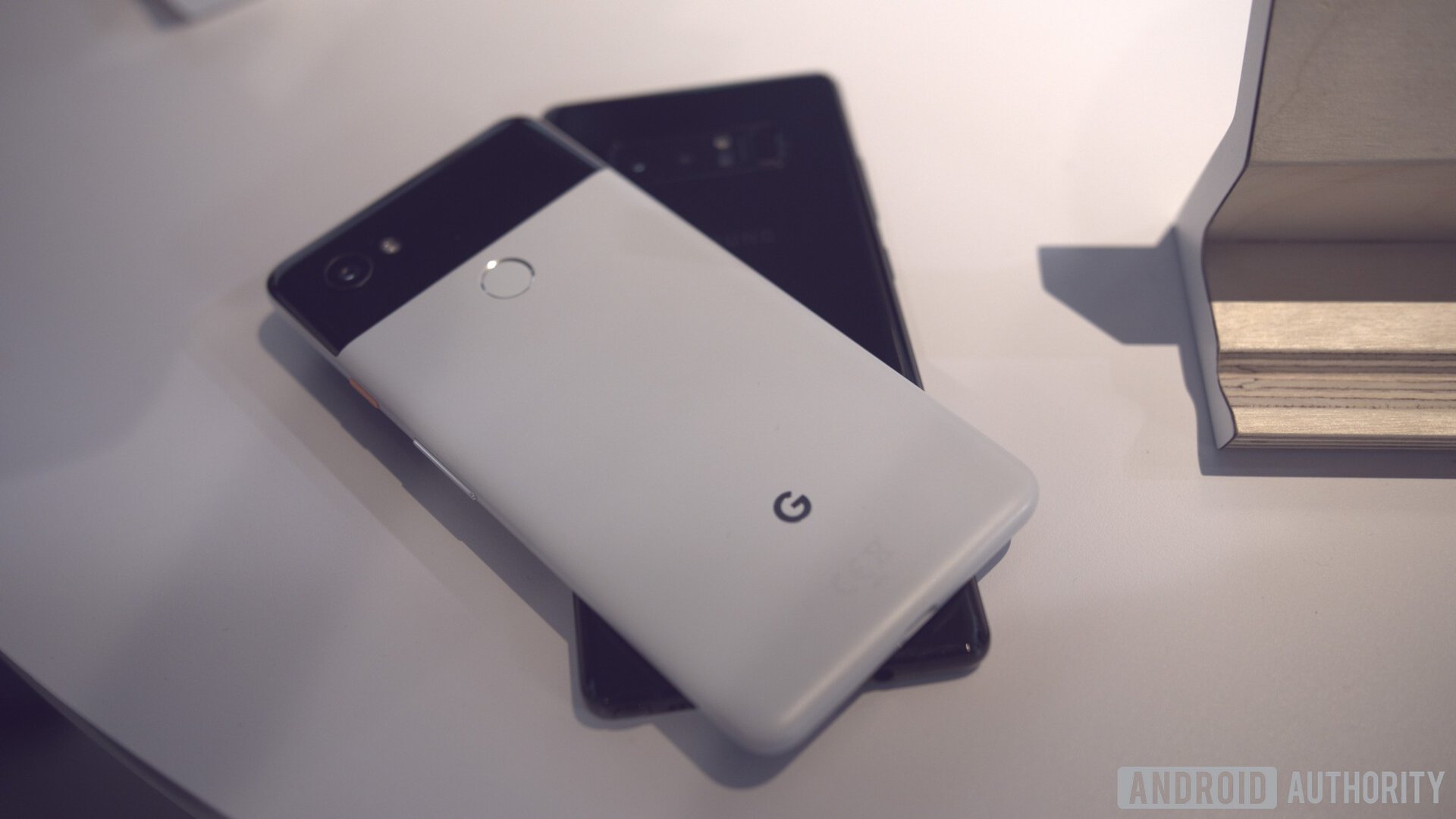
As you might have expected, the Pixel 2 XL runs Android Oreo out of the box, while the Note 8 launched with Nougat and will be updated to Android Oreo in the near future. Google’s version of Oreo brings a mostly stock experience, with a redesigned Pixel launcher, notification dots, native picture-in-picture and a whole lot more.
The Pixel 2 XL uses machine learning and dual pixels to achieve bokeh effects with only one lens.
The Pixel 2 is the first Android smartphone with Google Lens, which uses machine learning to give you information about anything you point the camera at. It’s similar to Samsung’s Bixby Vision, but being linked to the world’s largest search engine will probably increase usability. The Pixel 2 XL also comes with the new Active Edge feature that lets you squeeze the edge of the phone, like the HTC U11’s Squeeze feature, as an easy way to launch Google Assistant.
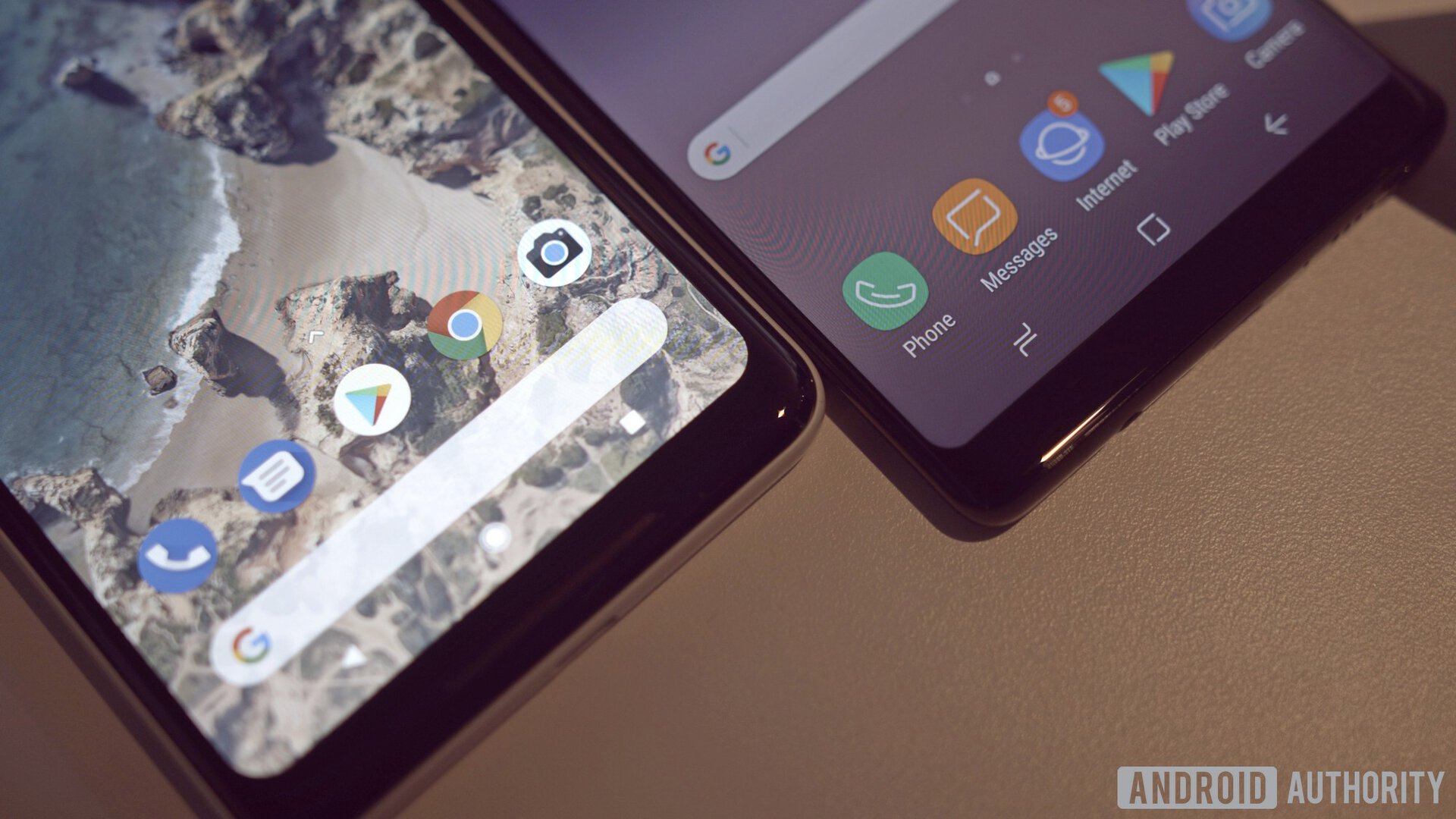
The Galaxy Note 8 comes with Samsung’s software experience on top of Android 7.1.1 Nougat. The standout feature of this phone is the S Pen which can be used to jot down notes, create drawings, translate sentences, and more. The S-Pen brings a few tweaks over last year like being able to save screen off memos that are up to 100 pages long, send gif-like live messages, and more.
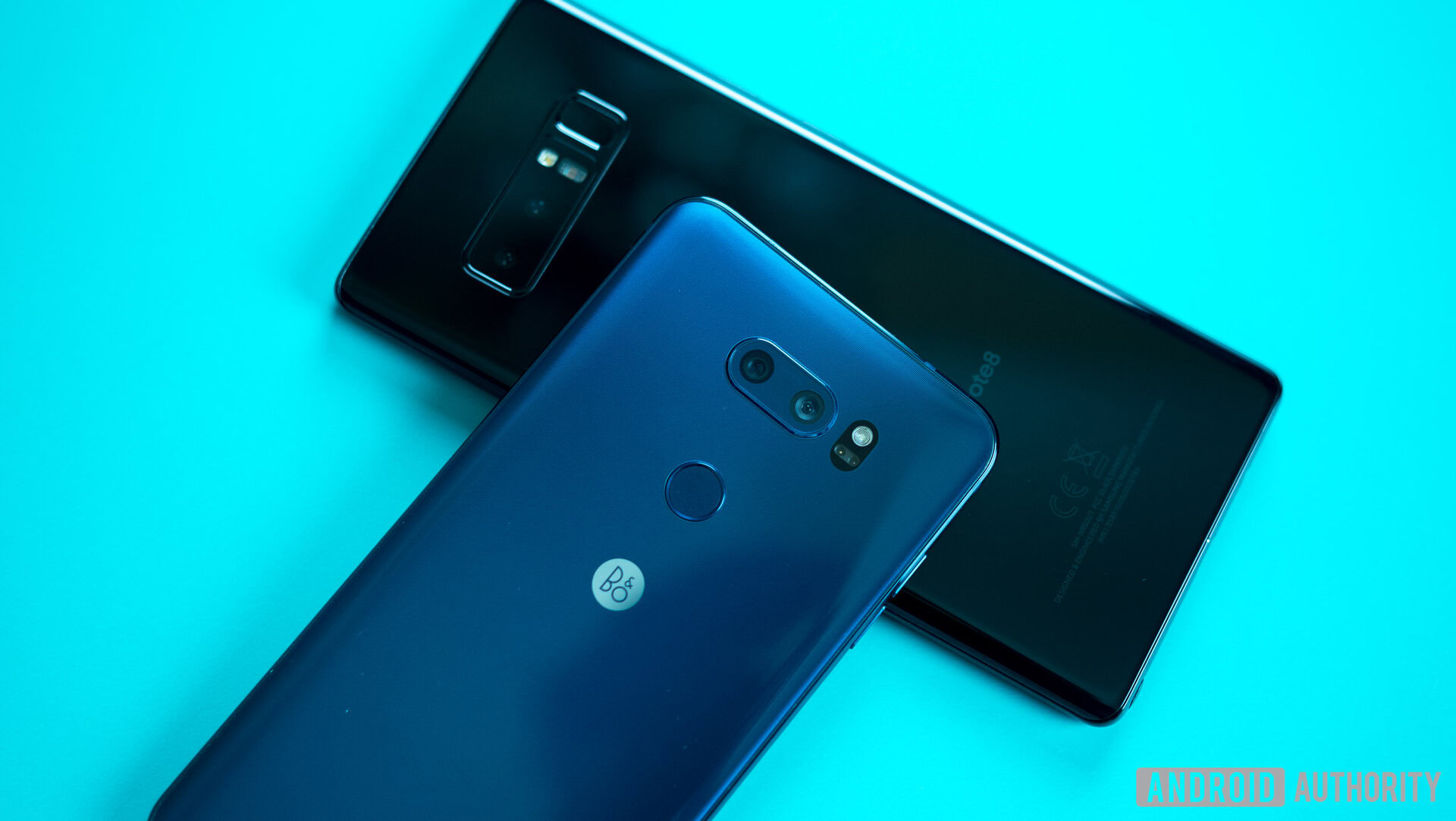
Which smartphone would you choose between the Google Pixel 2 XL and the Samsung Galaxy Note 8? Share your thoughts in the comments section below.
Missed all the announcements from the Google event? We’ve got you covered!